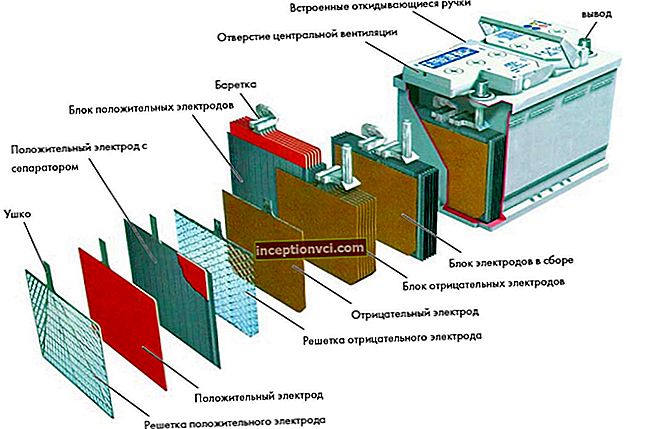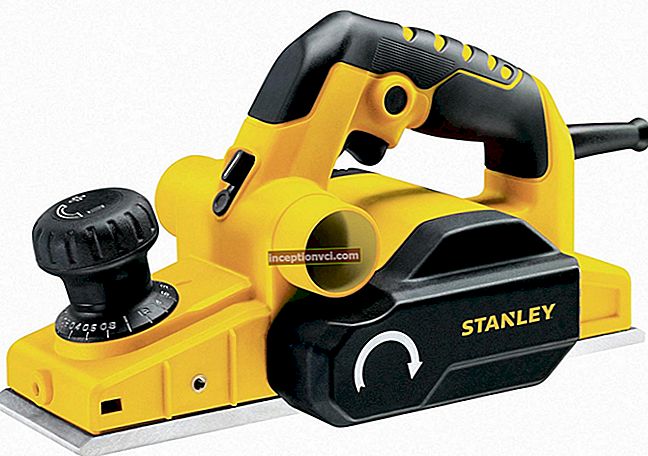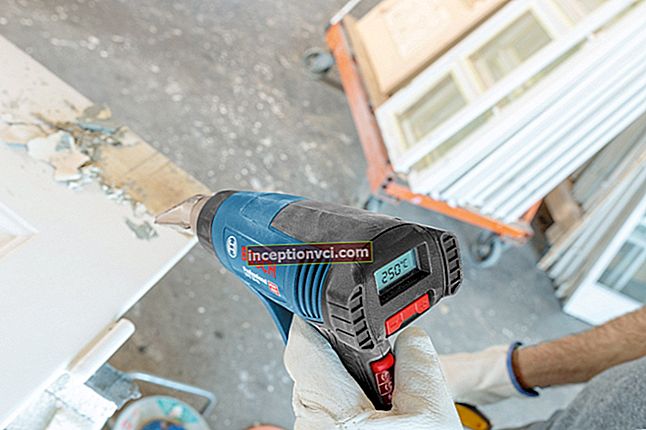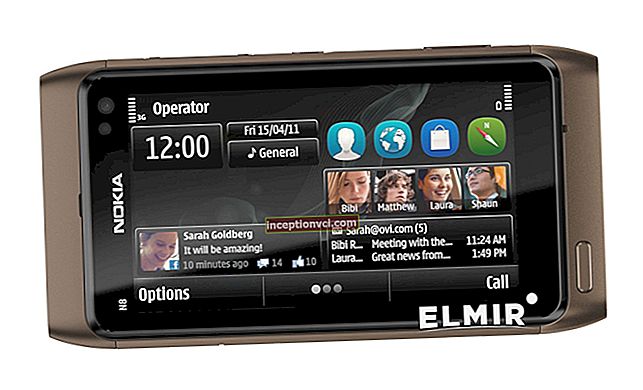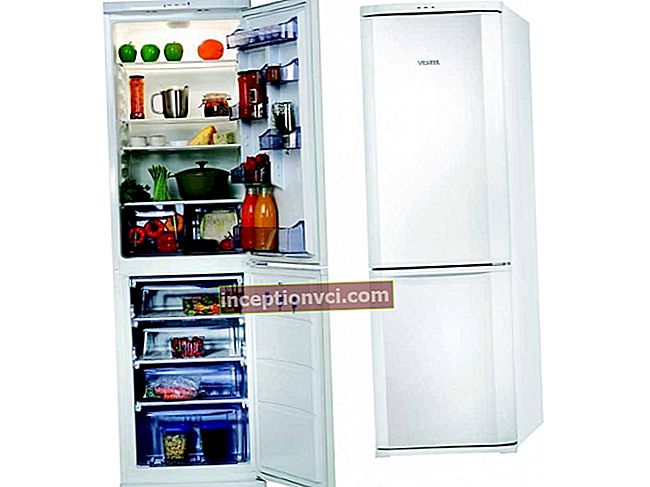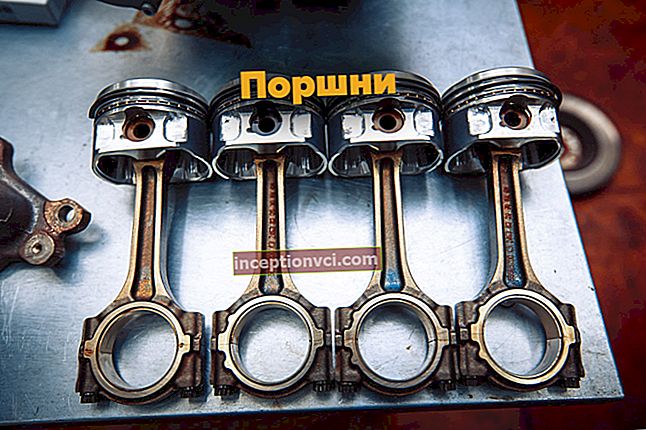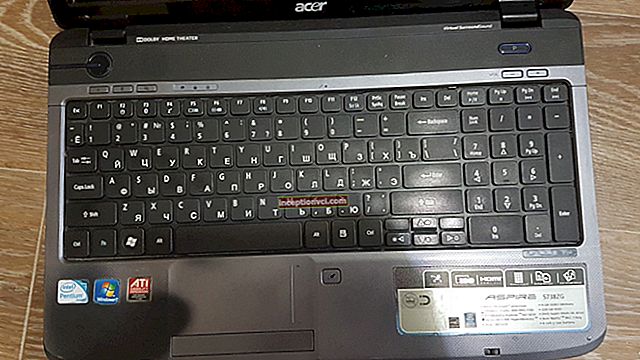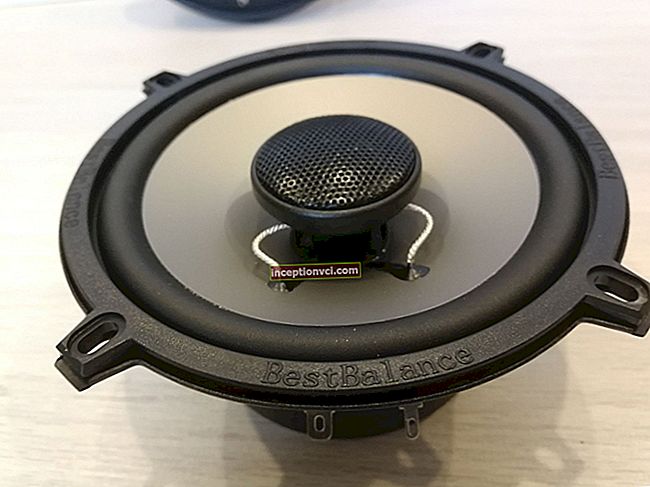- Leave the oven to cool: This process will take approximately 30-40 minutes. But, if the dirt is very old, then it is better to leave the bowl with ammonia overnight.
- Clean the oven and grate: When the walls of the chamber have cooled down, remove grease and carbon deposits from all surfaces and the grill with a damp cloth, sponge and baking soda.
- Wipe the oven clean: Remove residual ammonia solution and dirt.
During cooking, large drops of fat form on the sides and bottom of the oven. Stuck and burnt grease is difficult to remove, even with a strong detergent and a hard sponge. Get ready to learn how the oven washes off grease and deposits in three cleaning options with all their pros and cons.

How to clean the oven: oven types
How to clean the oven: three types of ovens.
Self-cleaning ovens (pyrolytic self-cleaning)
Self-cleaning ovens have a function that turns food leftovers into ash (at temperatures up to 500 ° C). All models use Cold Door technology, whereby the outer glass of the door is heated to a maximum of 55 ºC during cleaning. The door is automatically locked during the entire cleaning process. After the end of the program and the oven has cooled down, the ash is removed, the inner chamber is wiped with a damp sponge or microfiber cloth.
Benefits:
- you do not need to take out the grill and baking sheet;
- effective cleaning method;
- quality material is used that can withstand high temperatures.
disadvantages:
- high cost of ovens;
- if not cleaned often, there is a burning smell;
- some models do not have telescopic rails.
Continuous cleaning ovens (catalytic cleaning)
Continuous cleaning is ovens with a special inner coating to prevent the accumulation of dirt. The catalytic cleaning of the oven occurs with an accelerated chemical reaction. Fat breaks down into carbon, water and organic residues under the influence of oxidants on the surface of the porous walls.
Benefits:
- catalytic cleaning occurs in electric and gas ovens;
- the cleaning process takes place during the preparation of dishes - energy is saved;
- partial control is required.
disadvantages:
- over time, catalytic panels exhaust their resource, they need to be replaced. Shelf life of panels - 300 hours;
- the cost of the oven varies on the quality of the material;
- porous enamel covers only the walls (in some models - the bottom);
- the door must be washed by hand.

Non-self-cleaning oven types (hydrolysis cleaning)
Ovens that are not self-cleaning require physical grease removal.
Benefits:
- low cost;
- low power consumption.
disadvantages:
- contamination is removed manually;
- you need to wait until the oven cools down to wash it.
How to remove grease from the oven
The walls of the oven are covered with smooth, non-porous enamel that is easy to clean. Grease and dirt are wiped off by hand with a damp sponge. To prevent food residues from burning, wash the cabinet after each cooking in it with a soft sponge and a liquid cleaning agent.
Should:
- remove the shelves in the oven and soak in the sink with water diluted with detergent;
- spray or apply the product liberally on the inside of the oven, avoiding contact with the fan and heating elements;
- turn on the oven for 10 minutes to soften fat and food debris;
- wipe the inside of the oven with a sponge, regularly rinsing it with clean water;
- if necessary, repeat the oven treatment.
Use rubber gloves to protect your hands from exposure to chemicals.
How to remove the smell of detergents
After washing off the grease and carbon deposits in the oven, sometimes the smell of detergents remains.You can get rid of it:
- airing the oven;
- by boiling water with activated carbon in the oven;
- rinsing with lemon juice or water diluted with vinegar;
- thoroughly rinsing off the remnants of the product.
How to clean the oven with home remedies
7 options for cleaning old fat in the oven:
- dilute dishwashing detergent or a remnant of laundry soap in hot water. Pour the contents into a baking sheet and place in the oven. Process the walls of the cabinet with the same mixture. Close the oven door and set the temperature to over 100 ° C. In 20 minutes. turn off the appliance and open the door to cool the surface a little. Wipe dirty surfaces with a damp sponge;
- diluting the baking soda with warm water, apply the mixture for 15 minutes. to contaminated places. Rinse off after intensively wiping with a washcloth;

- Apply vinegar to a warm surface, spread with a rag and leave for 15 minutes. Slightly dirty areas will be washed off with a damp sponge, old dirt will be removed with a brush;
- easily remove old carbon deposits: pour acetic acid into a cup of water (ratio 1: 1). Spray (spray) the liquid onto the walls of the oven. Sprinkle baking soda on contaminated areas. After 15 minutes. rinse the surface with warm soapy water;
- ammonia effectively removes old burnt fat: blot the sponge in an alcohol solution, apply it to the surface of the baking sheet and oven. After 3-5 hours, dilute the detergent in hot water, moisten the sponge, wipe the surfaces;
- salt removes carbon deposits and grease: sprinkle it on a hot surface. When it becomes brown, remove and wash the surface;
- sprinkle the baking powder on the dirty surface, having previously moistened it with a spray bottle (spray bottle). Grease will collect in lumps and can be easily removed with a damp cloth.
See clearly how easy it is to clean the oven from grease and carbon deposits in two "working" ways
